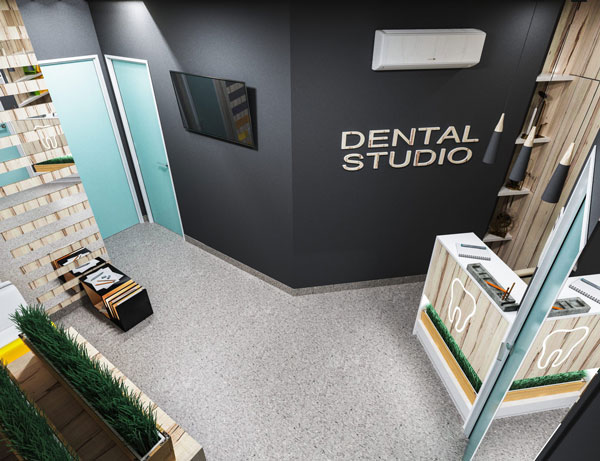Dental practice mergers are unquestionably the best return on investment you can make. A successful practice merger assumes that most patients will stay with the practice and transfer to the new dentist. This is generally true when the transition is handled correctly, and both parties understand that the “goodwill” portion of the transaction is the most crucial aspect.
Hard assets, such as equipment, supplies, and leasehold improvements, have a limited life and will always need to be replaced.
However, the patient base still generates a continuous revenue stream after the sale. This can come in the form of chart sales.

Chart sales refer to a simple sale of the physical patient charts (records), but not necessarily receiving any additional goodwill.
A chart sale may not even include the phone number transfer from the previous dentist. In addition, true “chart sales” are done at extreme discounts compared to the price of a traditional practice sale.
Dental practice mergers, on the other hand, assume that the transfer of goodwill and patient base will be as successful as a normal dental practice transition.
With a successful merger, the return on investment is normally double what a traditional practice transition may see because of overlapping expenses like rent, phone, and electricity, and eliminating half of the staff salaries.
Therefore, if a normal dental practice profit is approximately 35 percent of collections, the profit from a dental practice merger can be as much as 70 percent of the collections.
Think about it: If you can add 1,000 patients to your existing practice, you will only have overhead from supplies, lab costs, and some staff. This revenue is ongoing year after year and that is the reason a merger is like having your own ATM cash machine!

“If the return on investment in dental mergers is twice that of a typical dental practice transition, shouldn’t the price for a merger be twice as much?”
That would make sense from a business perspective, but the reality is that most buyers feel that they should get a large discount on a merger versus an outright practice purchase.
The argument is that they don’t need the equipment or the space. My advice to young dental practice buyers or doctors who want to expand their practices is to unquestionably pay the market price or more if you have an opportunity for a merger.
This is about return on investment, not equipment. Even if you took every piece of equipment to the junkyard, it would still be worth paying over the market price for a merger opportunity. Again, there needs to be cooperation to ensure that the vast majority of patients make the transfer to your location, and when they do, it will be the best return on investment you can make!
Contact ADS Dental Transitions today to learn more about how you can retain your patient base and capitalize on the benefits of a dental practice merger!
Dr. Tim Giroux established his own dental practice in Scottsdale, Arizona, upon graduation from Creighton University, School of Dentistry in 1983. Relocating to Northern California upon selling his highly successful practice after 15 years, Dr. Giroux brings a unique perspective and personal experience in dental associateships, practice start-up, sales, and work-back situations to serve and assist you during your exciting transition! He especially enjoys guiding young dentists and helping them fulfill their dreams when they purchase their own dental practice.
LinkedIn | Facebook | Instagram